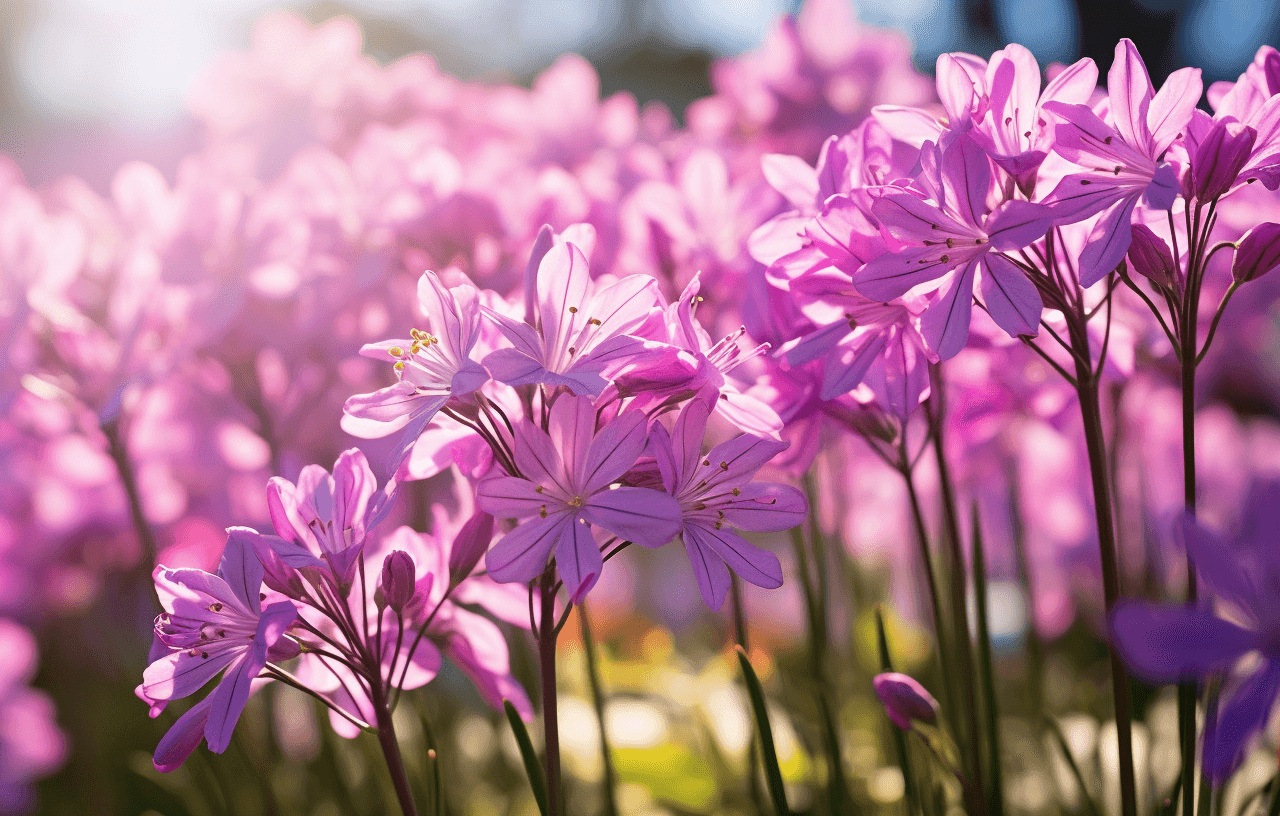Tulbaghia Violacea: How to Grow & Care for Society Garlic

With a name like “Society Garlic,” one might wonder if Tulbaghia violacea frequents elegant garden parties. This moniker, intriguingly, stems from its mild garlic scent, allowing one to consume it without the consequential strong garlic breath – making it more ‘sociable’ than its robust relatives. Characterised by its delicate lavender blooms and slender, arching leaves, this South African native is as much a visual delight as it is an aromatic one. For those looking to introduce this sophisticated and fragrant addition to their garden, here’s your holistic guide.
A Light Lover’s Domain
Tulbaghia violacea thrives in full sun to partial shade. While it can tolerate a spectrum of light conditions, brighter spots enhance the vibrancy of its blooms.
Soil Selection
While forgiving of many soil types, Tulbaghia violacea has a penchant for well-draining soil. Incorporate some compost to enrich its planting bed, ensuring optimal growth.
Watering Wonders
Like many drought-resistant plants, Society Garlic prefers its roots to dry out between watering sessions. Once established, it requires minimal attention, making it a low-maintenance dream.
Feeding the Feast
An occasional feed with a balanced, slow-release fertiliser during the growing season can invigorate its growth. This little supplement can make a world of difference in bloom size and frequency.
Tulbaghia Violacea Pests and Problems
Fortuitously, due to its garlic-like aroma, Tulbaghia violacea naturally repels many pests. However, keeping an eye out for common issues like aphids and ensuring it’s not waterlogged can prevent most ailments.





